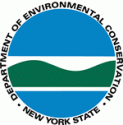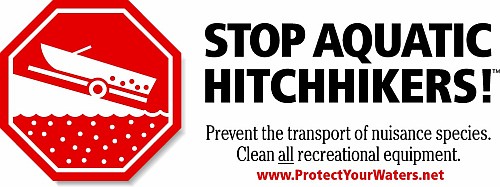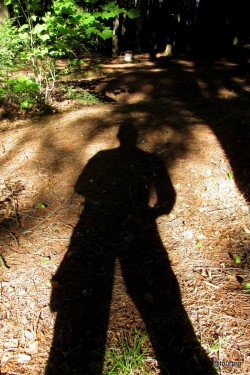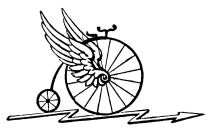 Tupper Lake, NY – Don’t miss Presidents Week at The Wild Center, February 17th – February 24th as we celebrate the season with a week of wintery Adirondack fun. Everyday there is a new winter theme and activities for the whole family to enjoy. In addition to special daily winter programming there will be guided snowshoe walks, live animal encounters, and warm winter beverages. For more information, visit The WILD Center – Events.
Tupper Lake, NY – Don’t miss Presidents Week at The Wild Center, February 17th – February 24th as we celebrate the season with a week of wintery Adirondack fun. Everyday there is a new winter theme and activities for the whole family to enjoy. In addition to special daily winter programming there will be guided snowshoe walks, live animal encounters, and warm winter beverages. For more information, visit The WILD Center – Events.
Saturday, February 16th
Join us for opening day of Winter Week as we celebrate winter in the Adirondacks! Get outside and try your hand at snowshoeing with one of our naturalists. Or stay inside to learn about winter adventuring and to meet some of our Adirondack animals, whose adaptations allow them to cope with the harsh Adirondack winters in intriguing ways.
Sunday, February 17th
Noon theater program and 2:00 pm walk
Animal Tracking with Vince Walsh
Join Vince Walsh for a day on animal tracking and signs to learn how you can see, identify and interpret the natural world of the Adirondacks. Vince will share his experience and insight through multiple public programs starting with a 12:00 pm theater presentation on winter and its influences on animal behavior. Then bring your tracking questions, pictures and stories to Vince as he puzzles over your tracking experiences and discoveries. Don’t forget to bring some warm clothes so at 2:00 pm you can head outside to practice your tracking skills and use all your senses to see what evidence of animals you can find in the Adirondack forest. Snowshoes will be provided free with admission.
Monday, February 18th – 1:00 pm
Wild about Winter
Join naturalist and entertainer Rob Carr for a wild theater program about Adirondack animals in the winter. Filled with stories, humor, puppets and LOTS of live animals, it is guaranteed to please visitors of all ages.
Tuesday, February 19th – 1:00 pm
Winter Birds of the Adirondacks
Where have all the birdies gone? While it might seem like all our birds fly south when the weather gets chilly, there are plenty that stick around and tough out the Adirondack winters. Meet LIVE Adirondack birds in our theater at 1:00 pm for a fascinating program about birds and their winter adaptations. Follow up with a 2:00 pm bird walk along our trails, looking for signs of these tenacious feathered fliers and talking about the ways different species adapt for the cold.
Wednesday, February 20th – 1:00 pm
Creatures of the Night
Nighttime animals love the long winter nights. Join us in Planet Adirondack at 1:00 pm to meet live creatures of the night and get a glimpse into their nighttime habits.
Thursday, February 21st – 1:00 pm
Putting the Myth on Ice
Bears sleep all winter, plants stop growing and all birds fly south…or do they? Join naturalist Andrea Schwander for a fun-filled theater program of breaking down misconceptions and myth busting. The program will focus on some animal and winter myths, and will feature audience participation, demonstrations, and of course, some of The Wild Center’s live animals.
Friday, February 22nd – 1:00 pm
Brrrrrrrrreakfast
Not many choose to brave the cold Adirondack winters, not even in the animal kingdom. Lucky for us we have a couple of LIVE animals that tend to stick around instead of hightailing it to warmer areas. Come to our afternoon theater program to learn about their adaptations for obtaining food and energy in the long cold days of winter.
Saturday, February 23rd – 1:00 pm
The Travel Troupe
Join The Wild Center in welcoming the Ronathahonni Cultural Center’s Travel Troupe. Come learn about their cultural history through song, dance and storytelling at 1:00 pm in our Flammer Theater.
Sunday, February 24th – 9:00 am
Pancake Breakfast and Sugaring Workshop
The Wild Center is joining Tupper Lake community members and their sugar maple trees to create a community-driven Maple Sugar house. For local residents: register for the 9:00 am free Pancake Breakfast and Sugaring Workshop to learn more about our community maple project. Register at www.wildcenter.org/events and see how you can get involved.

 State regulations to expand the special snow goose harvest program in New York have been amended to allow hunters to take snow geese during a special harvest program from now through April 15 in upstate New York, the
State regulations to expand the special snow goose harvest program in New York have been amended to allow hunters to take snow geese during a special harvest program from now through April 15 in upstate New York, the 



